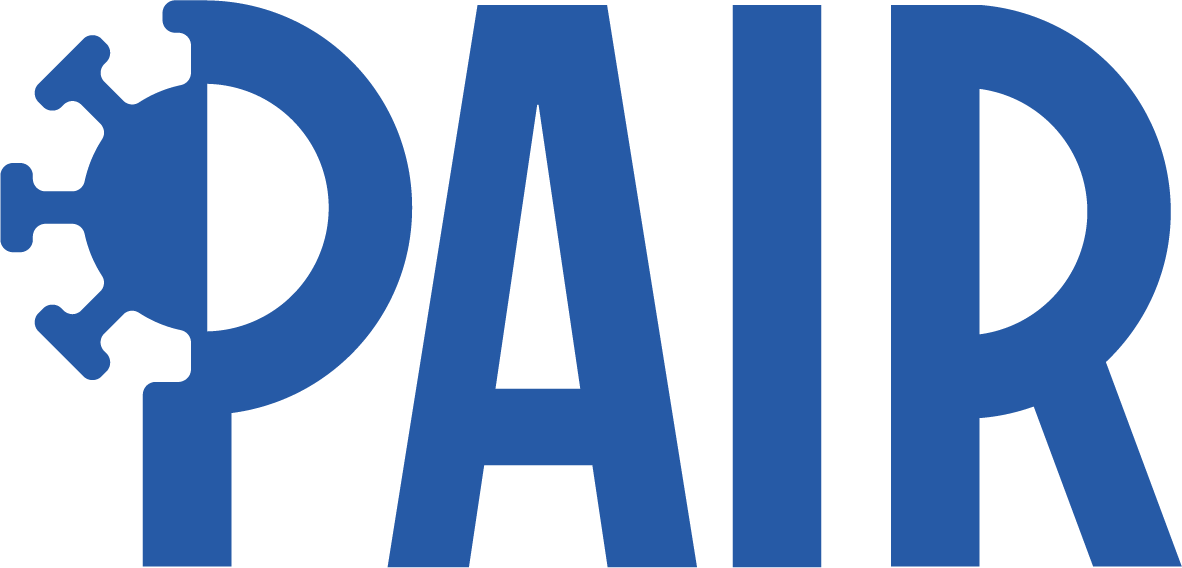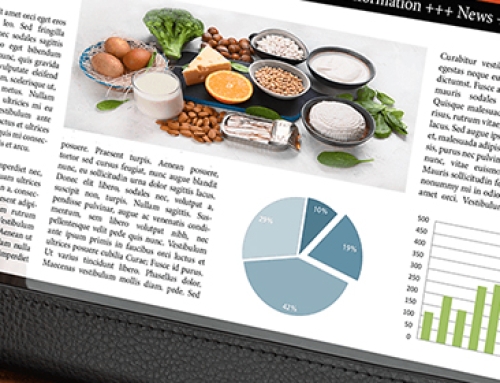PAIR is a EU-funded project that aims to make radical improvements to point-of-care (POC) diagnostics and epidemiological modeling in the One Health approach through scientific research and innovation. The Istituto Zooprofilattico Sperimentale delle Venezie (IZSVe) is among the partners of the project.
The PAIR project just kicked off in Copenaghen with the participation of 20 partners from 7 countries. It aims to ensure that Europe has the expertise and capabilities for advanced point-of-care systems and prognostic models based on artificial intelligence and machine learning. The PAIR project runs from January 2024 to December 2028 under the coordination of Copenaghen University.

PAIR (PAndemic Information to support rapid Response) is a EU-funded project that aims to launch new diagnostic and prognostic tools to respond to pandemics. The IZSVe will work at the validation of these instruments, testing the new diagnostic tool for the detection of potentially zoonotic influenza viruses and betacoronaviruses in animal samples.
The SARS-CoV-2 pandemic was the biggest global shock in decades, one that claimed millions of lives and devastated the global economy. This pandemic has shown the dramatic impact of epidemics and pandemics. It has also highlighted the need for transparent, faster, and better-informed decisions in terms of readiness and response. Technology and modeling that can provide rapid, reliable, and cost-effective information are essential for better decision-making and to sustain public trust.
PAIR will address pandemic preparedness by launching two innovative interacting tools:
- PANPOC is a POC instrument for the rapid detection of respiratory RNA viruses with pandemic potential in human, animal, and environmental samples.
- PANRISK is an artificial intelligence/machine learning-based model that processes field data from freely accessible online resources and proprietary partner results. It can thus assess pandemic risk based on spatial occurrence (geographical mapping), temporal occurrence patterns, and temporal evolution of a virus (genetic surveillance, bioinformatics analysis).
Both tools have been selected to meet the comprehensive requirements for a European One Health genomic-informed surveillance and outbreak response model.
The PAIR tools (PANPOC and PANRISK) will be implemented and validated by veterinary and clinical end-users in Denmark, France, Latvia, Italy, and Spain. In this context, the Department of Comparative Biomedical Sciences and the Diagnostic virology laboratory (SCT3) of the IZSVe will work at the validation of PANPOC in the veterinary field, implementing the tool for the detection of potentially zoonotic influenza viruses and betacoronaviruses in animal samples from livestock and wild species.








